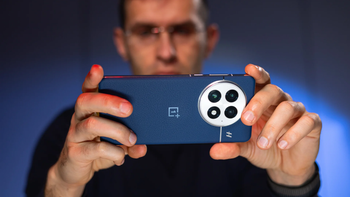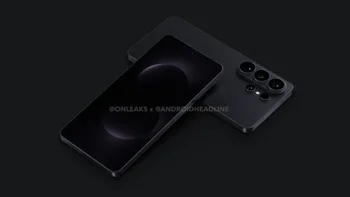Android One takes new shape as Google adds program to its broader hardware strategy

Two years back, Google announced the Android One program to give manufacturers an easy way to produce phones based off a standardized hardware design, and receive quick software updates through the deployment of a near-stock Android experience. But then last fall, it sounded like the basic tenets of Android One were already falling apart, as Google started easing those hardware restrictions, while dialing-back those promises of speedy software updates a little. Was Android One as we knew it essentially over? In a new interview, Google exec Mike Hayes explains that's anything but true, and that Android One “has become a part of [Google's] broader hardware strategy.”
"Google is taking a broader view of its hardware business. So you should expect to see a position around what we are doing on low-end devices all the way through."
Despite the changing shape of Android One, Hayes is clear that Google's relationships with early Android One hardware manufacturers are still in place, even as the roles shift a little. Google's no longer providing the same degree of “yardsticks” for OEMs to hit specific hardware targets, and everything from component choice to the schedules upon which Android One devices are released is much more in the hands of these hardware partners.Finally, Hayes confirms that “it's safe to say” we'll be seeing new Android One devices released in the future. He doesn't elaborate on what or when, but perhaps we'll be learning more soon with Google I/O 2016 just around the corner later this month.
source: Economic Times via Phandroid
Follow us on Google News












Things that are NOT allowed:
To help keep our community safe and free from spam, we apply temporary limits to newly created accounts: